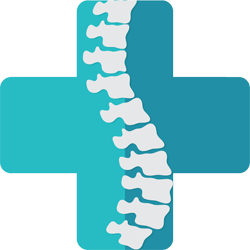Prior to January 1, 1997 chiropractors had but one choice in coding for their adjustments: HCPCS code A2000. A2000 was the singular, correct code for the patient who required only an atlas adjustment as well as the patient who had cavitation to every joint from cranial sutures to their little toe and everything in between.
Today…
Now, DCs can report different codes that vary depending on the number of regions that were adjusted. However, billing must now be based upon medical necessity. The recent increase in post-payment audits revealed that there is confusion about how to report what was done (clinically appropriate) vs. what should be paid (medical necessity).
What if…?
“But I’m a full spine adjuster! I use Activator or Thompson technique”…no problem here. Report and bill for the areas that correlate to a compliant, objective finding, and diagnosis. But simply document those other compensatory adjustments that were provided based on your technique that must be addressed to affect the primary level of subluxation. Chiropractors can certainly adjust wherever subluxation/segmental joint dysfunction is found. However, bill only for those spinal regions where medical necessity has been established. Areas adjusted outside of the region of complaint and diagnosis should be looked upon as a maintenance/wellness service while billing the patient’s insurance, as appropriate, for the medically necessary and therapeutic portion of the service. In such instances, what may look to be a full spine adjustment may only be coded as a 98940; a 1-2 region spinal adjustment. This is just one vivid example of how your complete documentation will drive your medical necessity and will dictate the codes you are able to bill for, get paid for, and keep the money for in the event of an audit.
If you have doubt as to your coding style and habits, you can decrease your risk and possibly increase your reimbursement by consulting with a specialist at KMC University.









Comments on Billing for Your Adjustments: It’s What You Document!